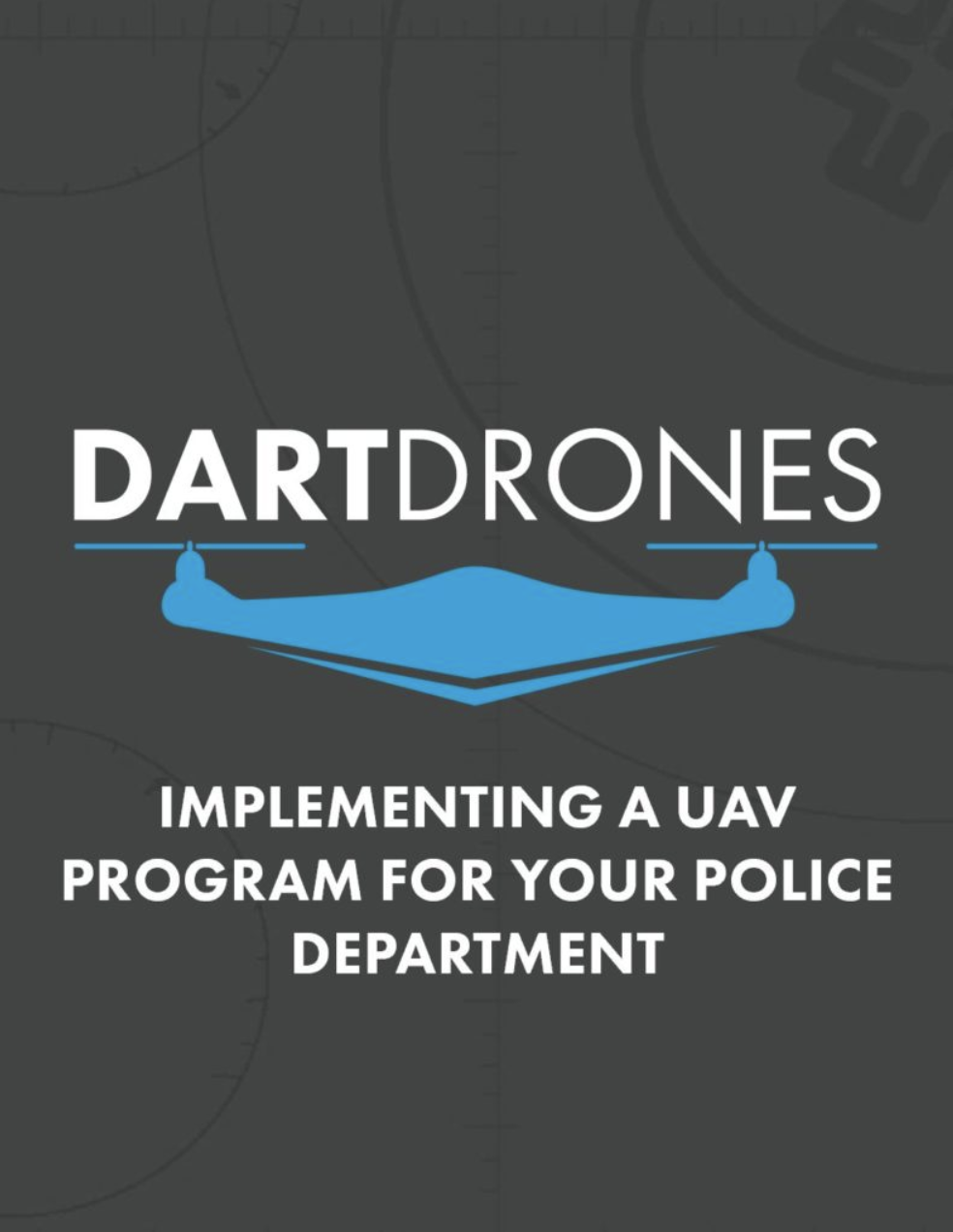How To Get a sUAS COA For Your Organization
Often times, organizations trying to launch a drone program are overwhelmed with the technology, regulations, and terms. From drone training to deciding whether to fly under a COA or Part 107 – there’s a lot to know!
The Certificate of Waiver or Authorization (COA) for Public Aircraft Operations gives a tremendous level of sUAS operational flexibility to the holder. A COA is an excellent option for qualifying governmental and nonprofit organizations.
Who Could Benefit From a COA?
- Local Municipalities

- Fire Departments
- Police Departments
- Public Schools
How to Request a COA
Once an organization has decided to pursue a Public Aircraft Operations COA from the Federal Aviation Administration (FAA), they must begin the below process.
Request access to the FAA’s online Public Use COA Application Service. In order to receive access, the organization must submit a Public Declaration Letter, prepared by the appropriate City, County or State Attorney’s office. This document contains a brief statement as to the legitimacy of the requesting organization’s status of “public” agency and must be submitted on legal letterhead to the FAA for review. The letter review process typically takes 15 days and, provided the declaration is accepted, the requesting organization will be granted a username and password to access the online portal.
Submit a COA request online. This is simple enough in execution using the portal’s interface; however, the specific information that should be included in each section is of critical importance. The COA request is a complete overview of proposed sUAS operations with a level of detail and definitive verbiage to provide the FAA with all the information they need to determine if the proposed flight activities can be safely integrated into the requested airspace, usually on an ongoing or long-term basis.
What to Submit for a COA Request
Executive Summary
This document will summarize the planned objective that the organization intends to fulfill via the use of an unmanned aircraft. It will also give a synopsis of the specific flight operations, or flight profiles, that will be conducted.
System Description
This should include a complete breakdown and description of the unmanned aircraft system to include hardware, software, system capabilities and failsafes, payloads, ground station components, and any TSO (Technical Standard Order) components; including the sUAS registration documents.
Airworthiness Release (AWR) Statement
This document is used to confirm that the requesting organization accepts full responsibility for maintaining their aircraft to acceptable airworthiness standards developed internally based on specific operations information and approved by the FAA. Next, a description of the specific failsafes used to prevent, and planned response to, any loss of datalink communication between the sUAS and the Ground Station as well as a description of the appropriate response procedure in the event that the remote Pilot in Command (PIC) loses communication with visual observers or ATC, depending upon the specifics of the flight operation.
Emergency Procedures and Protocols Description
This is for any potential event that could have a negative consequence in terms of safe flight conclusion. This document, along with a copy of the sUAS’s FAA registration information, will provide the final piece of “minimum required” information required to successfully submit for and receive a Public Aircraft Use COA. However, in order to best ensure success, the requesting organization should also be prepared to submit further documentation detailing their complete planned aircraft operations including operator training, flight area and pre-flight assessment, aircraft inspection and maintenance, flight and aircraft recordkeeping, etc.
In addition to preparing the documents above, the organization must also determine which level, or type, of Public Use COA is best for them. A Blanket COA’s allows the organization to operate across vast regions; however usually stipulate that flights cannot be conducted within certain proximities of airports unless additional authorizations are obtained. A Jurisdictional COA will allow the organization to operate with minimal restrictions in areas where they have a Jurisdictional duty and authority. Finally, an Emergency COA may be appropriate if a particular emergency services department of a local government that holds either a Blanket or Jurisdictional COA was not originally included on the petition but later needs authorization to utilize an sUAS for an emergency event. Because of their nature, Emergency COAs are usually requested and issued on short notice by the primary holder of a Blanket or Jurisdictional COA.
What’s Next?
Once all supporting documentation has been prepared and submitted via the online portal, it will typically take 60-120 days for the FAA to review all the relevant documentation and issue a decision. Often, the FAA will determine that clarifying or additional information may be needed in order to approve a COA request. In this instance, they will typically inform the applicant and allow them to submit the additional information without further delaying the application and an eventual approval.
Once issued, a copy of the COA should be kept with each aircraft along with the aircraft’s registration and logbook(s). COA’s are granted to a specific time period and it is recommended that the holding organization submit a request to renew/extend a COA no less than 60 days prior to expiration.
As you can see, obtaining a COA for your organization is not a quick and easy process. However, contact DARTdrones for assistance or alternative solutions.
Download Our Latest Public Safety E-Book

Gain access to a free resource which covers the research and planning needed to develop a Police or Fire UAV Unit.
